Cooking on the cheap shouldn't mean minute rice and buttered pasta every night. With a little creativity and a little planning, Catherine Lamb shows us how to make the most of a tight budget -- without sacrificing flavor or variety.
Today: Some helpful tips on how to eat more seafood this summer—without going broke.
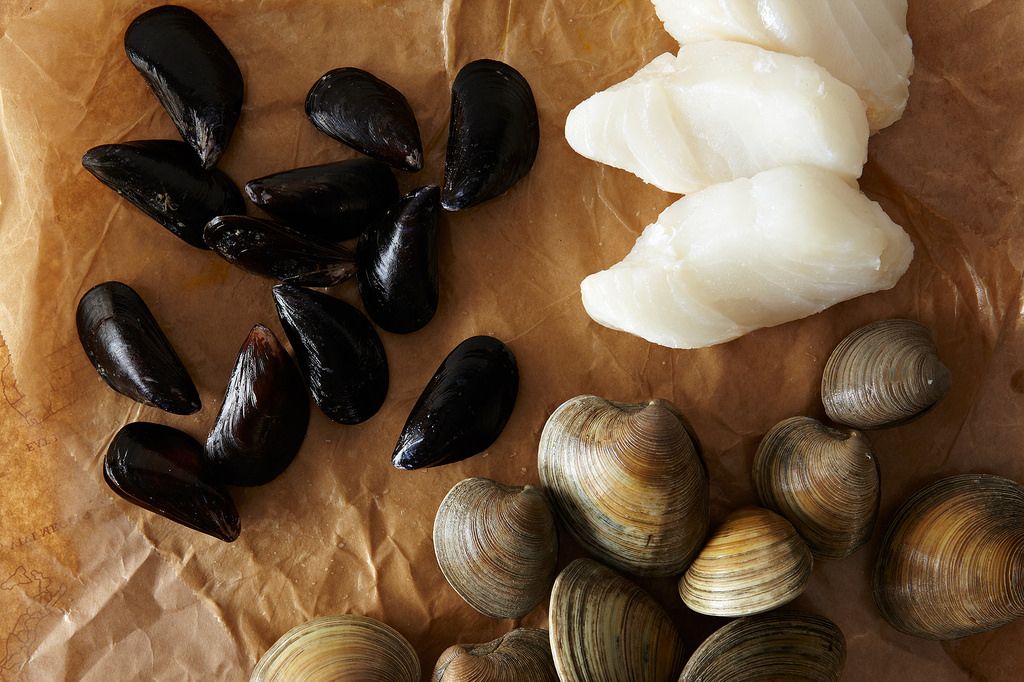
For many of us budget-minded folk, incorporating seafood into our weeknight meals can seem unattainable. In my mind, purchasing clams or fish filets on the reg is in the same category as checking my tire pressure or having a cabinet full of specialized cleaning supplies: things I’ll do someday, when I’m all mature and grown-up. Friends, today is that day.
Since moving to the coast, however, I’ve changed my tune. Here, seafood is more equal opportunity, more present, more in-your-face, and I’ve learned how to take advantage of the sea’s bounty without going broke.
More: Read up on the state of the American seafood system here.
Unfortunately, there's no quick fix, and when it comes to buying seafood, you typically want to avoid the really cheap stuff. Since freshness is paramount, and there are a lot of unethical and/or unhealthy fishing practices out here (this article points you towards the "greenest" seafood out there), you don't want to cut corners on quality. Those of you far from the ocean, this is going to mean shelling out more—I apologize in advance. There are strategies, however, for optimizing your seafood so as to get full enjoyment out of your investment. Here, I pass my tips onto you:
1. Buy better, not bigger:
Spend the bulk of your food budget on a sexy piece of seafood, then round out the meal with a few filling sides and salads. Make sure you're getting the freshest possible fish and check sourcing on shellfish—the closer it was caught to you, the better. That means if you live in California, you'll probably have to abstain from Maine lobster. But it's not all bad: You get Dungeness crab!
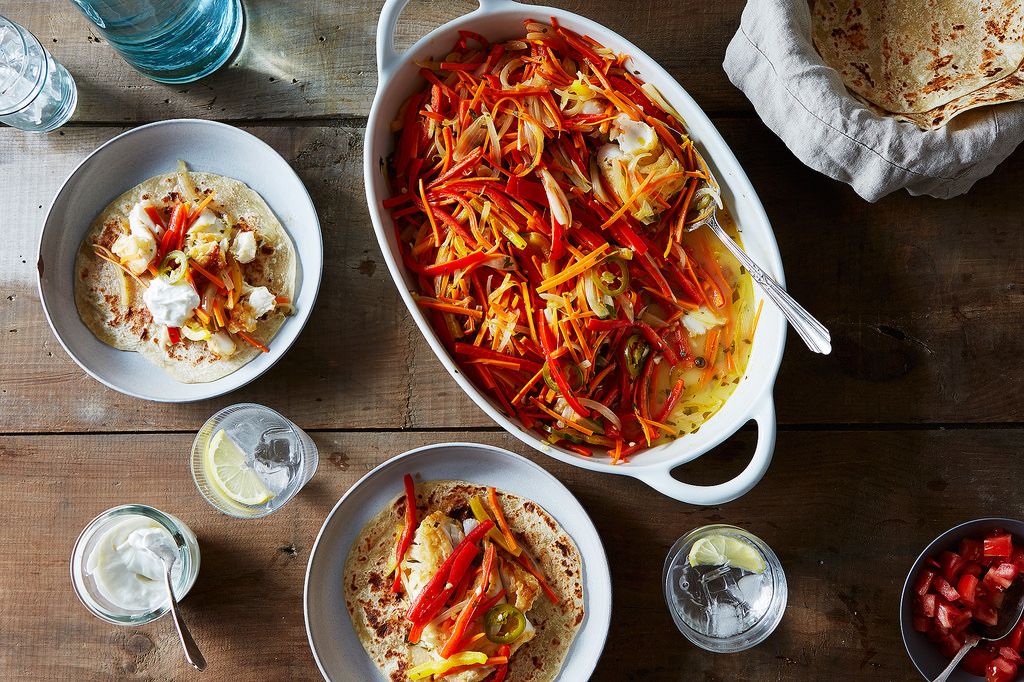
2. Let your catch play a supporting role:
You know how sometimes the best supporting actor or actress is actually the one who catches your eye? Let seafood do that for you. Add fish to chowder, make a gumbo, or serve your seafood along with all the fixin’s for taco night.
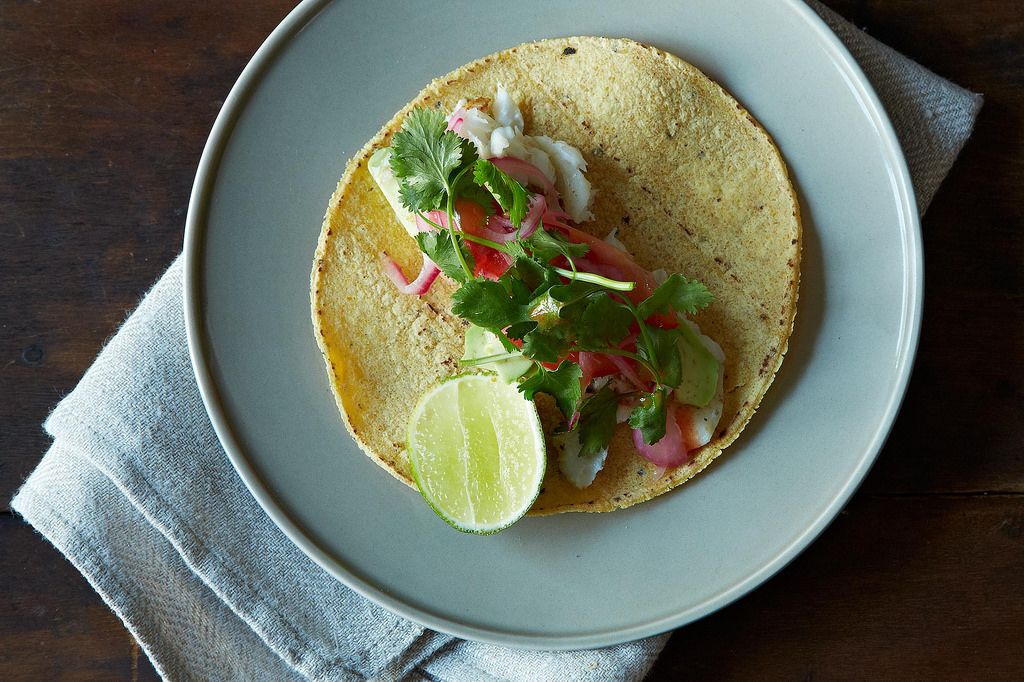
3. Frozen is not necessarily a bad thing:
I am by no means a qualified scientist or seafood processing expert, so I will pass this tip along with caution. Yes, there can be high-quality frozen seafood out there that is more easily available and cheaper than the fresh counterparts. If the catch is frozen immediately, it can even be fresher than what you would get at the fish counter. However, please buy with a critical eye. Examine where and how the seafood was raised before buying; reference this article for some helpful tips.
More: Learn how to freeze your fish to preserve its freshness.
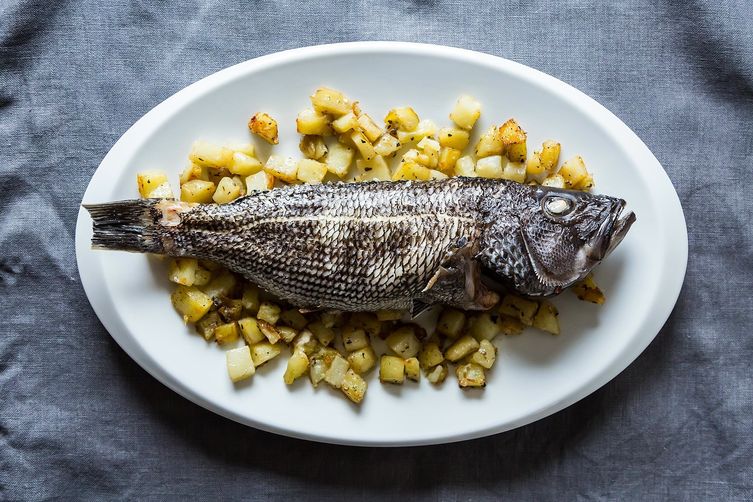
4. If you're springing for a whole fish, make sure to use all of it:
Once you’ve roasted that beauty with some herbs, served it on a bed of potatoes, and received your standing ovation, don’t throw away the bones! Use them to make stock. And the same goes for shellfish shells. Then use the stock to make this.
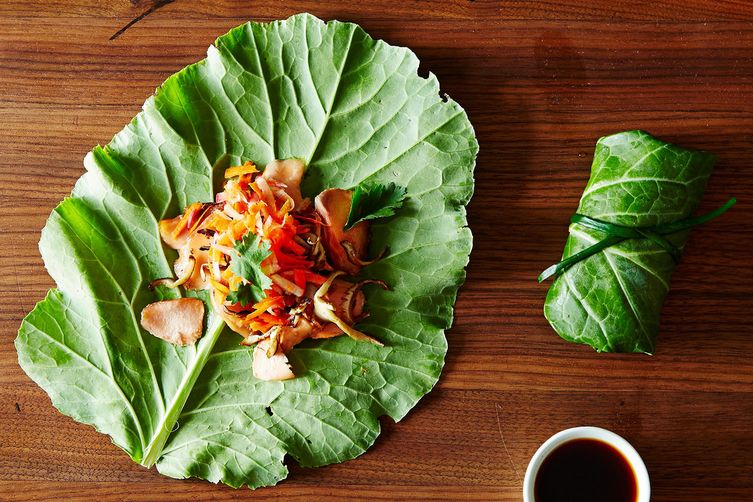
5. Don’t let those leftovers go to waste:
Turn extra fish or crab into crispy cakes, add flaked fish to a curry or pasta sauce, and toss leftover shrimp into fried rice. For more ways to use leftover seafood, check out this comprehensive post.
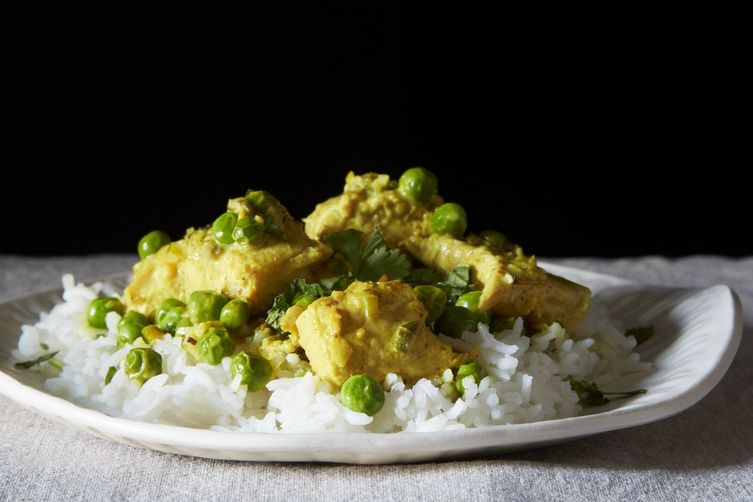
We're fishing for more tips: How do you cook seafood on a budget?







See what other Food52 readers are saying.